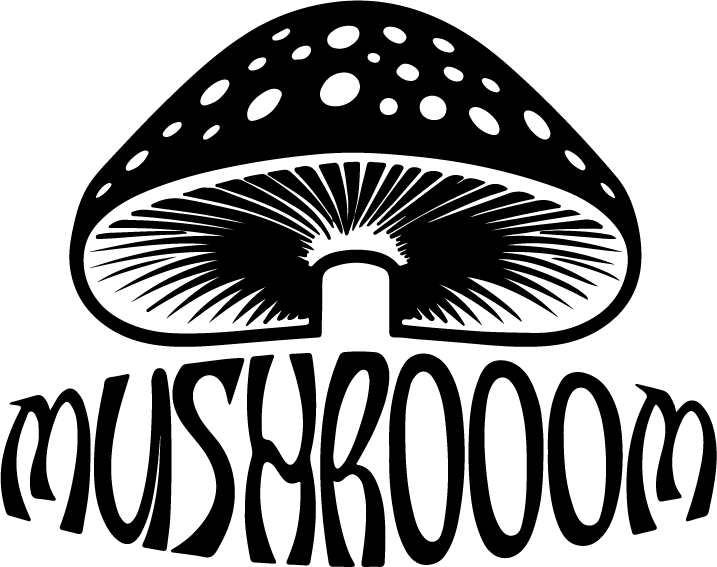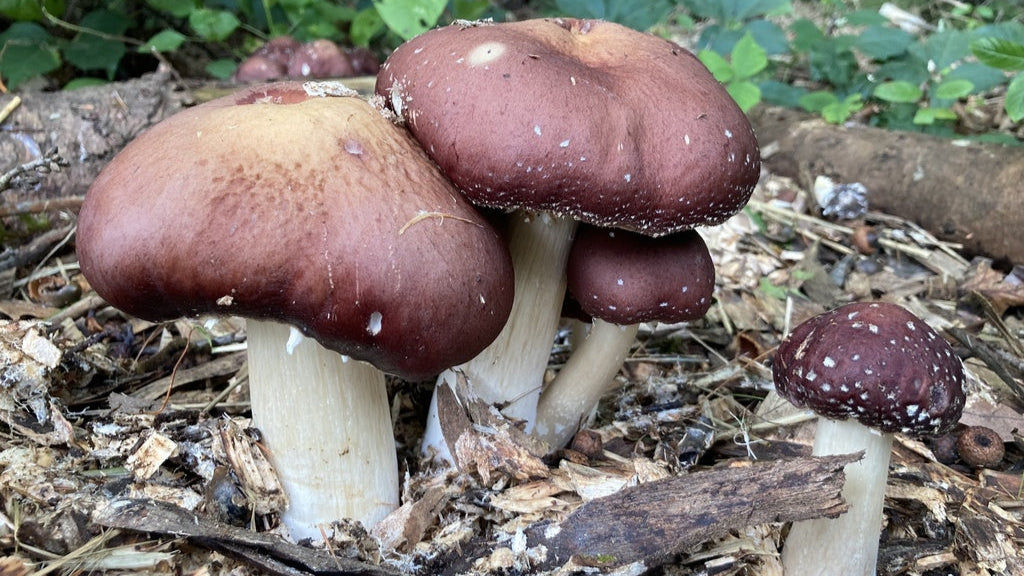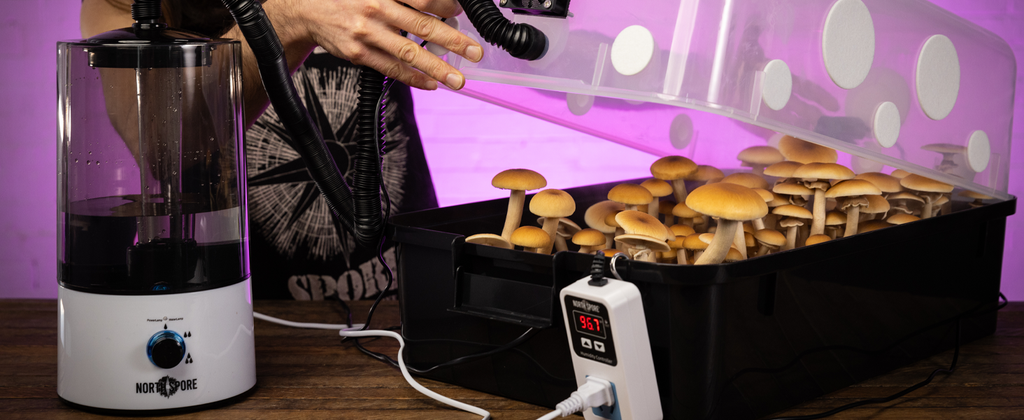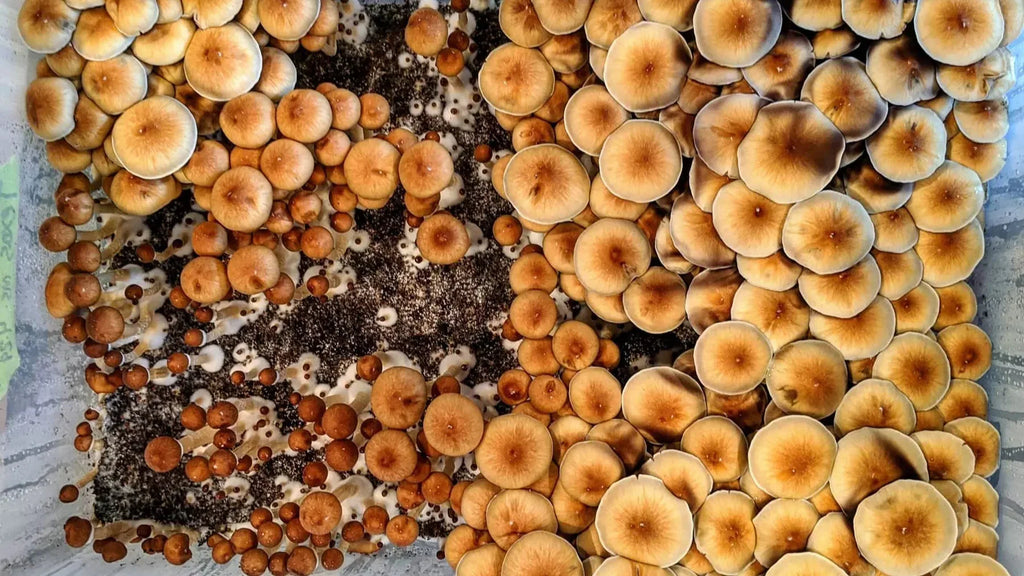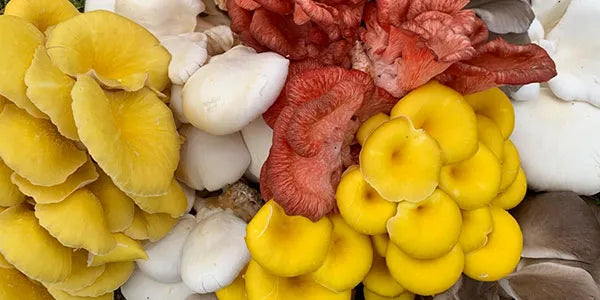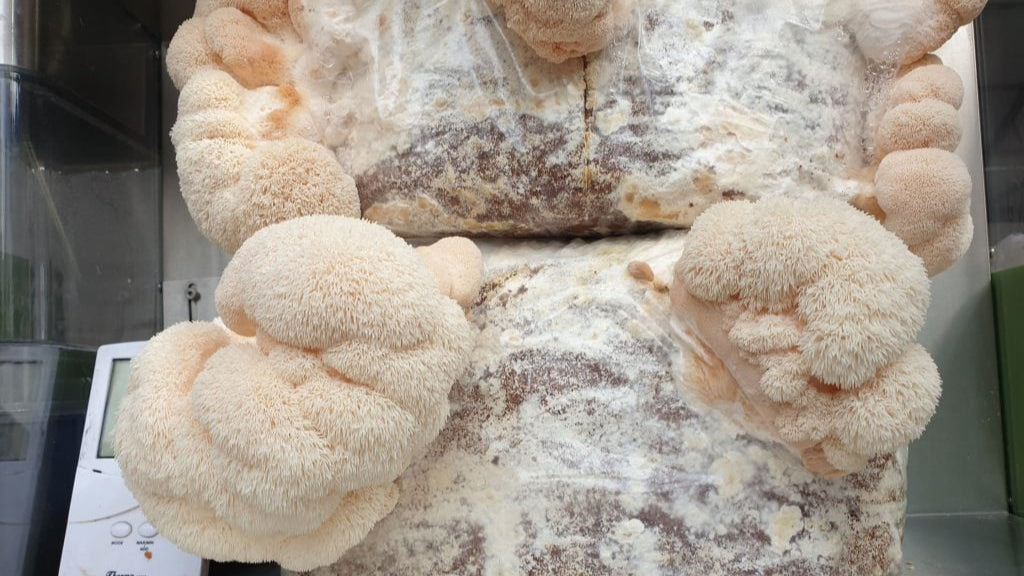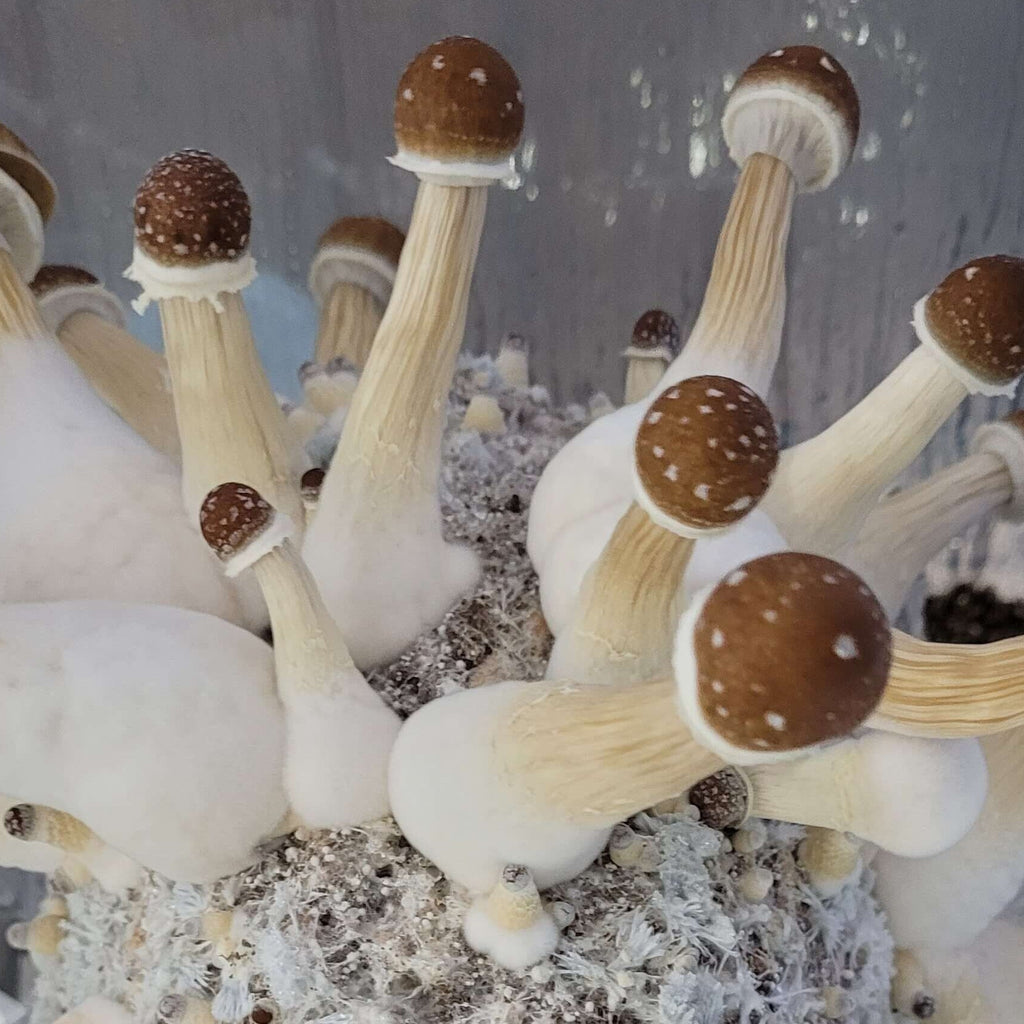
Understanding Mushroom Life Cycles

Mushroom cultivation is more than just tossing spores into a substrate and waiting for fungi to appear. To consistently achieve healthy, high-yield harvests, growers must first understand the mushroom life cycle—a fascinating process that begins with microscopic spores and ends with the fruits we eat. Whether you’re a beginner or an advanced cultivator, knowing each stage will help you fine-tune your grow and avoid common mistakes.
Stage 1: Spores – The Starting Point of Every Mushroom
Just like seeds in plants, spores are the reproductive units of fungi. They are so small that they’re invisible to the naked eye, but they hold the genetic blueprint for new mushroom life. When spores land on the right surface under ideal conditions—moisture, temperature, and nutrients—they germinate and begin to grow.
Stage 2: Mycelium Growth – The Hidden Network
After germination, spores grow into thin, thread-like filaments called hyphae. These hyphae branch and connect, forming mycelium—the white, web-like network that colonizes the substrate.
This stage is crucial because:
A strong mycelial network = faster colonization.
Contamination during this stage can ruin an entire grow.
Grower’s Tip: Keep your environment sterile during this stage to prevent mold and bacteria from competing with your mycelium.
Stage 3: Colonization – Filling the Substrate
Once the mycelium is established, it spreads across the entire substrate (grain, sawdust, or compost, depending on the mushroom type). This is known as colonization.
Colonization times vary by species (oyster mushrooms are quick, while shiitake may take longer).
The substrate should turn fully white when colonized, signaling that the mycelium is ready for the next phase.
Stage 4: Primordia Formation – The First Signs of Mushrooms
When environmental conditions shift—often triggered by a drop in CO₂, an increase in fresh air, or changes in humidity—the mycelium begins forming tiny pin-like structures called primordia.
These are also known as “pins” or “baby mushrooms.” Getting to this stage means your grow is successful so far!
Stage 5: Fruiting – Mushrooms Take Shape
With the right balance of humidity, fresh air exchange, and light, primordia develop into mature fruiting bodies—the mushrooms we harvest and eat.
Key factors for fruiting success:
Humidity: 85–95% is ideal for most gourmet mushrooms.
Fresh Air: Stagnant air can lead to poor yields.
Light: Indirect light signals mushrooms to grow upward.
Stage 6: Harvest – Timing Is Everything
The final stage is harvest. Picking at the right time ensures maximum yield and quality. For most mushrooms, the best time to harvest is just before the caps flatten and spores begin to drop.
Oyster mushrooms: Harvest when caps are still curled.
Shiitake: Pick when the edges are slightly turned up.
Lion’s Mane: Harvest before spines elongate too much.
Why Understanding the Mushroom Life Cycle Matters
By mastering each stage of the mushroom life cycle, growers can:
Prevent contamination during early growth.
Optimize conditions for faster colonization.
Maximize yield during fruiting.
Ultimately, understanding spores, mycelium, and fruiting bodies helps transform mushroom growing from guesswork into a repeatable science.
Final Thoughts
Growing mushrooms is a rewarding hobby (and potentially a profitable side hustle), but it all starts with understanding how mushrooms live and grow. By respecting each stage—spore, mycelium, colonization, primordia, fruiting, and harvest—you’ll be better equipped to achieve consistent, high-yield results.
